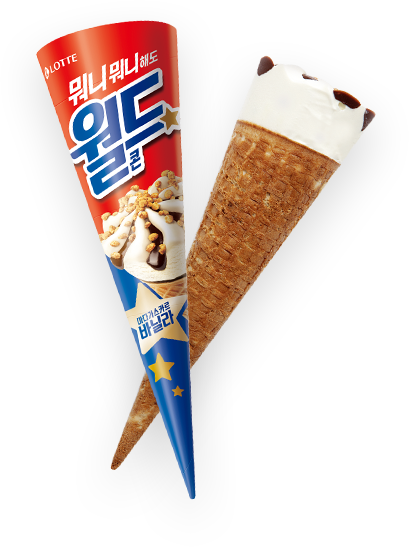When did we start
eating ice cream?
-

The Chinese claim to have mixed fruit juice with snow and shaved ice since some 3,000 years ago.
In the west, around the fourth century BCE, King Alexander the Great is said to have created 30 storage caves in Fedora, southeast of Palestine, for keeping of ice and snow. In the first century BCE, Roman emperor Julius Caesar is said to have dispatched his youngest and fastest runners to fetch him snow from the peaks of the Alps, which he mixed with honey, milk or liquor or consumed as-is. This is known to be the origin of ice cream.
Later, Marco Polo, returning from his journey to the East, brought back knowledge on how to freeze water and milk. The Travels of Marco Polo states that milk-based ice snacks were sold on the streets in Mongol-ruled China. Marco Polo brought the recipe back with him around 1295 CE, and the recipe spread throughout Italy.
Another record states that ice cream spread to the rest of Europe when Catherine de Medici was wed to Henri II of France in 1533. Catherine served ice cream to her wedding reception guests, and the French guests were delighted by this unfamiliar icy snack. And so ice cream spread to France and the rest of Europe. -

Ice cream at the time was more of a sherbet, with coarsely ground shards of ice.
In 1774, the head chef of the French royal court added egg yolks and sweeteners into cream and froze the mixture, creating the smooth, cold and fine-grained icy delight we are familiar with today. The creation was initially called ‘cream ice’. Later, instead of cream, concentrated or condensed milk was used, and progress in freezer technology and frozen food production equipment made possible mass production of ice cream. Ice cream production in Korea began to grow in the 1970s, and the rest is history.
What types of
ice cream
are there?
“Ice cream” is a general term referring to cold, frozen snacks eaten usually in
the summer,
but actually there are distinct categories.
Ice cream is based on milk or processed dairy products, which are mixed with
other foods or additives and then frozen. Air is mixed in evenly throughout, giving a smooth
texture.
While the standards for ingredients and ratios vary slightly from country to country, the
Korean Food Sanitation Act categorizes ‘ice creams’ by milk fat, crude fat, non-fat milk solids,
fat solids and bacteria count into ice creams, ice milks, sherbets, non-dairy fat ice creams,
low-fat ice creams, and frozen desserts.
- Ice creams
-
At least 6% milk fat
and 16% fat solids
- Ice milk
-
Milk fat 2% or more,
milk solids
7% or more
- Sherbets
-
Zero milk fat,
and at least 2%
non-milk fat solids
- Frozen desserts
-
Products
that do not
contain dairy
Ice creams can be categorized by shape into bars, corns and cups, etc.
-
Bars
Bars come with a handle. LOTTE Wellfood ice cream bar products include ‘Screw’, ‘Jaws’ and ‘Okdongja’.
-
Corns
Corns are conical biscuits or containers filled with ice cream. LOTTE Wellfood corn products include ‘World Cone’
and ‘Double Bianco’. -
Cups
Cups are ice creams packaged in paper or plastic cups. LOTTE Wellfood cup products include ‘Patbingsu’.
-
Pencils
Pencils are products that are eaten by pressing or sucking out of a tube. LOTTE Confectionery pencil products include ‘Snow Ice’
and ‘Jumuleo’. -
Family
Family products are family-sized for the whole family to enjoy. LOTTE Wellfood family-size products include ‘Joanna’,
‘Weezle’ and ‘Selection’. -
Sandwich
Sandwich products are made by sandwiching an ice cream block between two biscuits. LOTTE Wellfood sandwich products include ‘Chalddeok Monaka’ and ‘Wakuwaku’.

